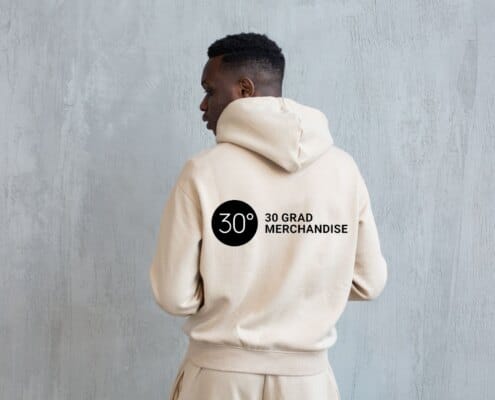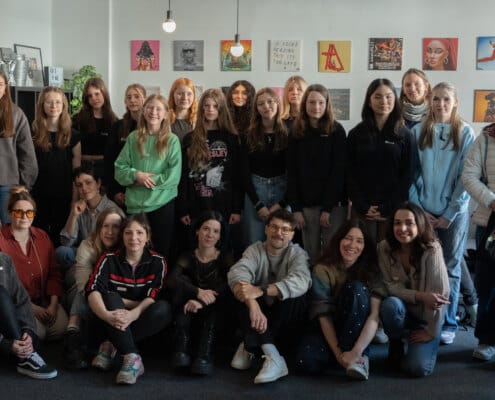
FLINTA* Music Force Showcase 2025: recordJet is bringing powerful FLINTA* acts to the stage of the Reeperbahn Festival

AI in the recording studio: a curse, a feature or already completely normal?

Our Artist of the Month for July: 6euroneunzig

Instagram for musicians – your guide for more reach, more fans and more success.

Our Artist of the Month for June: Audio88

10 tips for viral TikTok hits: how to maximise your chances
 CarolaSeger
CarolaSegerOur Artist of the Month for May: Anna Yuna

30 Grad Merchandise: Your Partner for Custom Artist Merchandise

Girls’ Day 2025 – A glorious look into the future

TikTok for Artists – All Info and Features at a Glance

TikTok for Artists: New tools for musicians are coming to the platform very soon.

Alice Merton vs. Kanye West: Copyright Dispute Over Unauthorized Sample
You need to load content from reCAPTCHA to submit the form. Please note that doing so will share data with third-party providers.
More InformationYou are currently viewing a placeholder content from Vimeo. To access the actual content, click the button below. Please note that doing so will share data with third-party providers.
More InformationYou are currently viewing a placeholder content from YouTube. To access the actual content, click the button below. Please note that doing so will share data with third-party providers.
More InformationYou are currently viewing a placeholder content from Facebook. To access the actual content, click the button below. Please note that doing so will share data with third-party providers.
More InformationYou are currently viewing a placeholder content from Instagram. To access the actual content, click the button below. Please note that doing so will share data with third-party providers.
More Information